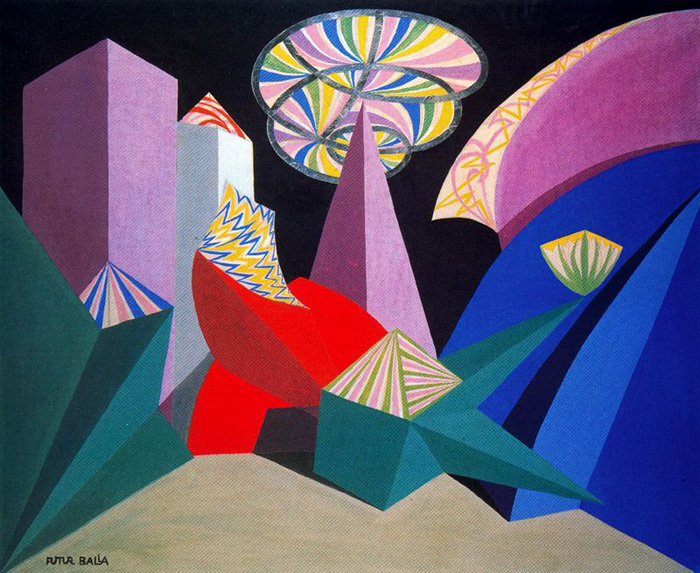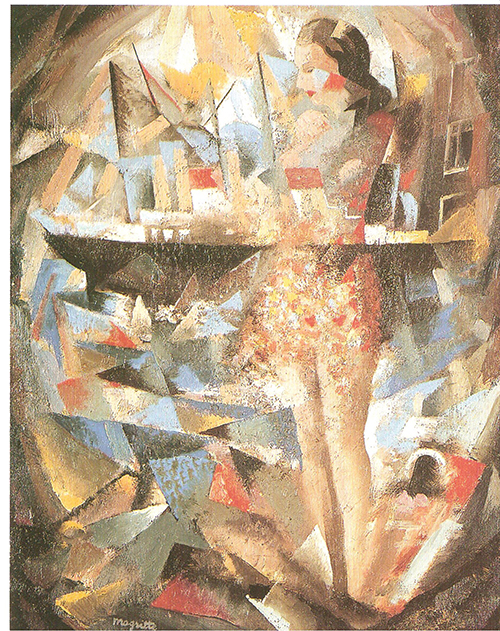Futurism was a direction rather than a style. Its encouragement of eccentric behaviour often prompted impetuous and sometimes violent attempts to stage imaginative situations in the hope of provoking reaction.
Through a barrage of manifestos that dealt not only with various aspects of art, such as painting, sculpture, music, architecture, and design, but with society in general, the Futurists proclaimed the cult of modernity and the advent of a new form of artistic expression, and put an end to the art of the past. The entire classical tradition, especially that of Italy, was a prime target for attack, while the worlds of technology, mechanization, and speed were embraced as expressions of beauty and subjects worthy of the artist's interest.
The Cubists' rational form of experimentation, and intellectual approach to the artistic process, also contrasts with the Futurists' vociferous and emotive exhortations for the mutual involvement of art and life, with expressions of total art and provocative demonstrations in public. Cubists held an interest in the objective value of form, while Futurists relied on images and the strength of perception and memory in their particularly dynamic paintings.
 |
| Feu d'artifice - Giacomo Balla |
 | ||||||||||||||
Jeunesse - Rene Magritte - 1924 |
No comments:
Post a Comment